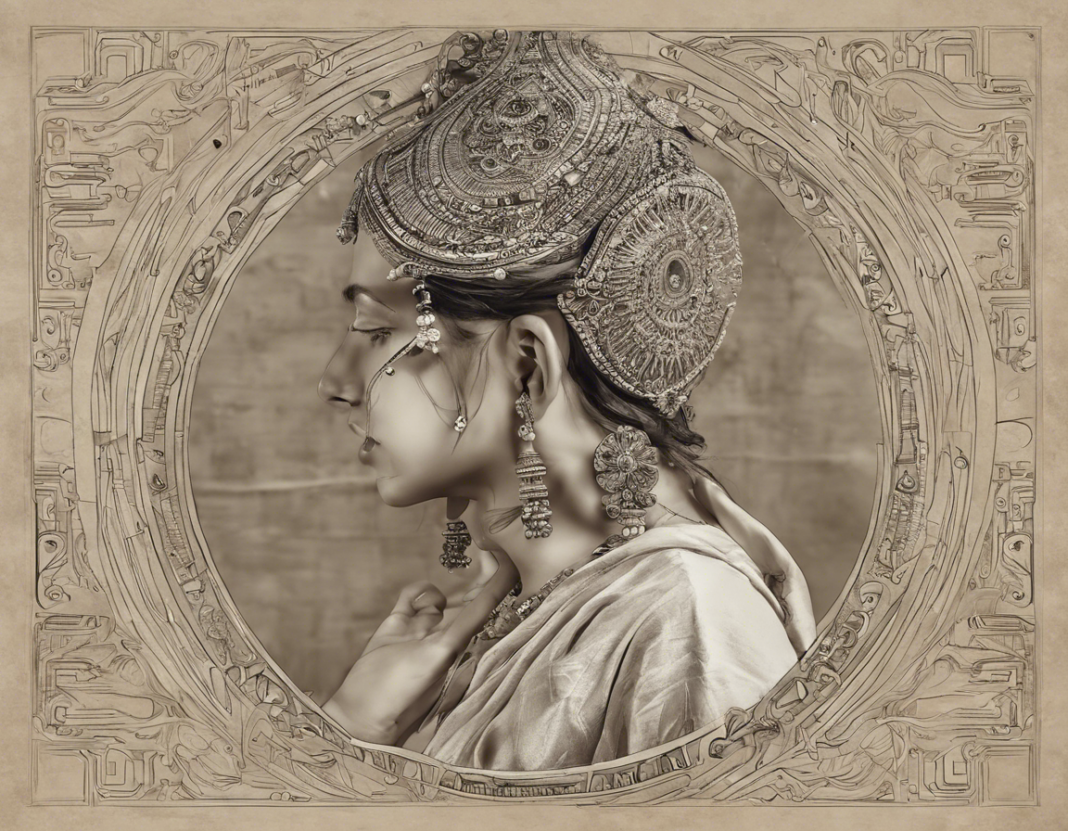Introduction
In a country as diverse and culturally rich as India, flowers play a significant role in various aspects of life. From festivals to weddings, daily rituals to spiritual practices, flowers hold immense symbolic value and are an integral part of Indian traditions. Phoolon ke Naam, or the language of flowers, is an age-old practice that involves attributing meanings to different types of flowers. In this article, we will delve into the enchanting world of blooms, exploring the meanings, symbolism, and significance of Phoolon ke Naam in Indian culture.
The Origins of Phoolon Ke Naam
The practice of Phoolon ke Naam goes back centuries, with roots in both Hindu and Mughal traditions. Each flower is believed to possess its own unique significance, representing emotions, virtues, and cultural symbols. Phoolon ke Naam is not merely a superficial categorization of flowers; rather, it is a deeply ingrained part of Indian culture, reflecting the values and beliefs of the society.
Significance of Flowers in Indian Culture
Flowers have always held a special place in Indian culture, symbolizing beauty, purity, and devotion. They are used in religious ceremonies, auspicious occasions, and daily rituals. The offering of flowers to deities is a common practice in Hinduism, symbolizing devotion and surrender. Moreover, flowers are also used in weddings, festivals, and celebrations, adding color and fragrance to the occasion.
The Language of Flowers
In Phoolon ke Naam, each flower carries a specific message or meaning. For example, the lotus is associated with purity and enlightenment, while the marigold symbolizes prosperity and good fortune. By understanding the language of flowers, one can convey emotions and sentiments without saying a word. This ancient practice adds depth and significance to the act of gifting flowers, making it more than just a physical present.
Common Flowers and Their Meanings
- Rose – The rose is a universal symbol of love and beauty. In Indian culture, it is associated with passion, romance, and affection.
- Lotus – The lotus holds great spiritual significance in Hinduism, symbolizing purity, enlightenment, and divine beauty.
- Marigold – Marigolds are often used in religious ceremonies and festivals, representing prosperity, happiness, and auspiciousness.
- Jasmine – Jasmine is known for its enchanting fragrance and is associated with sensuality, grace, and elegance.
- Tulsi – Tulsi, or holy basil, is considered sacred in Hinduism and is believed to bring purity and protection to the household.
- Sunflower – The sunflower symbolizes loyalty, adoration, and positivity, spreading warmth and happiness wherever it blooms.
The Role of Phoolon Ke Naam in Celebrations
Flowers play a vital role in Indian celebrations and rituals. From garlands adorning deities in temples to intricate floral decorations at weddings, flowers enhance the beauty and sanctity of the occasion. Understanding the meanings behind different flowers adds a deeper layer of significance to these ceremonies, making them more meaningful and auspicious.
Phoolon Ke Naam in Literature and Art
The language of flowers has inspired poets, writers, and artists throughout history. From classical Indian literature to modern-day art forms, flowers have been used as symbols of beauty, love, and spirituality. The intricate detailing of floral motifs in paintings, dance forms, and textiles reflects the cultural appreciation for nature’s bounty.
Phoolon Ke Naam in Daily Life
In addition to special occasions, flowers are also a part of daily life in India. Women often adorn their hair with flowers, signifying grace and femininity. Flower markets bustling with vibrant blooms are a common sight in Indian cities, adding a splash of color to the urban landscape. The simple act of offering a flower to a friend or loved one can convey a myriad of emotions, strengthening bonds and fostering connections.
Conclusion
The language of flowers, encapsulated in Phoolon ke Naam, is a beautiful manifestation of the rich tapestry of Indian culture. From ancient traditions to contemporary expressions, flowers continue to play a central role in the lives of Indians, symbolizing love, beauty, and spirituality. By understanding the meanings and significance of different flowers, we can truly appreciate the depth and complexity of this age-old practice that transcends mere botanical beauty.
FAQs (Frequently Asked Questions)
-
What is the significance of offering flowers in Indian culture?
Offering flowers is a symbol of devotion, purity, and reverence in Indian culture. It is believed to please the deities and bring blessings upon the worshipper. -
Are there specific rules for gifting flowers in Indian traditions?
While there are no strict rules, it is advisable to be mindful of the symbolism of different flowers. For example, white flowers are typically associated with funerals and should be avoided in celebratory occasions. -
How are flowers used in Indian weddings?
Flowers are an integral part of Indian weddings, used for decorations, garlands, and rituals. Each flower holds a specific meaning and is chosen accordingly to add auspiciousness to the ceremony. -
What role do flowers play in Indian festivals?
Flowers are used extensively in Indian festivals for decorations, offerings, and rituals. They symbolize purity, prosperity, and auspiciousness, adding color and fragrance to the celebrations. -
Are there regional variations in the language of flowers in India?
Yes, different regions of India may have varying interpretations of the meanings of flowers. Local customs, beliefs, and traditions influence the Phoolon ke Naam practiced in different parts of the country.
